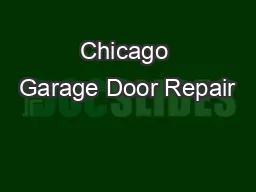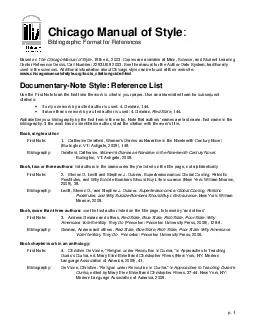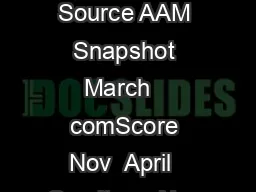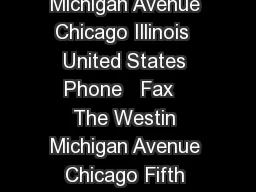PPT-Transport Chicago
Author : cheryl-pisano | Published Date : 2017-09-01
2014 Is this seat taken A multifaceted study to Inform Chicago Transit Authoritys Future Rail Car seating design Maulik Vaishnav Chicago Transit Authority Resource
Presentation Embed Code
Download Presentation
Download Presentation The PPT/PDF document "Transport Chicago" is the property of its rightful owner. Permission is granted to download and print the materials on this website for personal, non-commercial use only, and to display it on your personal computer provided you do not modify the materials and that you retain all copyright notices contained in the materials. By downloading content from our website, you accept the terms of this agreement.
Transport Chicago: Transcript
Download Rules Of Document
"Transport Chicago"The content belongs to its owner. You may download and print it for personal use, without modification, and keep all copyright notices. By downloading, you agree to these terms.
Related Documents














